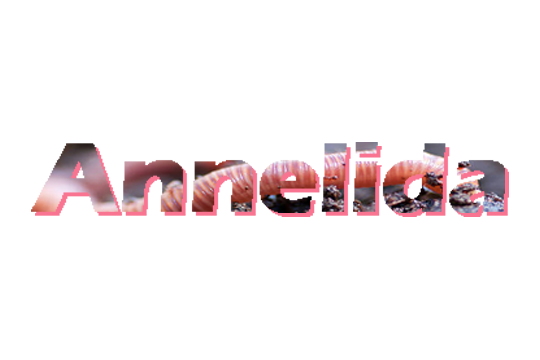Annelida is a phylum of the kingdom Animalia. The name translates to "segmemted worm." The red flower-petal looking structures on the top are gills, and they filter out oxygen through there. Tubeworms are traditionally found in the deep ocean near vents that emit mineral-rich water called hydrothermal vents. These worms are attached to a surface, usually the sea floor or rocks. They can't move from these surfaces, so they're filter feeders, relying on symbiotic bacteria in their bodies by for nutrition. The bacteria can convert the chemicals produced by the hydrothermal vents into energy, which is how tubeworms eat. Because of this, they also lack a digestive system. Average tubeworms grow to around 6 and a half feet long, while some end up growing up to over 9 feet. They have rapid growth rates, and can reach these sizes fairly quickly
- Crustaceans (predators)
- Butterfly Fish (predators)
- Wrasses (predators)
- Flame Hawkfish (predators)
- Serpent Stars (predators)
- Sea Slugs (predators)
- Symbtiotic Bacteria (prey)
- Giant Clam (predators)
- Mussels (predators)
- Shrimp (predators)
- Vent Crabs (predators)
- Giant Tubeworm/Giant Beardworm (Polychaeta)
- Parchmentworm (Polychaeta)
- Iridescent Fireworm (Polychaeta)
- Lamellibrachia Luymesi (Polychaeta)
- Aporrectodea Caliginosa (Oligochaeta)
- Plumed Worm (Polychaeta)
- Capitella Capitata (Polychaeta)
- Ornate Worm (Polychaeta)
- Polydora Ciliata (Polychaeta)
- Cirratulus Cirratus (Polychaeta)
- Ragworm (Polychaete)
- Australian Tubeworm (Polychaete)
- Serpulid Tubeworms (Polychaete)
- Bearded Fireworm (Polychaete)
- Bobbit Worm (Polychaete)
- Christmas Tree Worm (Polychaete)
- Sternaspis scutata (Polychaete)
- Salmacina Dysteri (Polychaete)
- Spiral Fan Worm (Polychaete)
- Eulalia Clavigera (Polychaete)
- Sea Mouse (Polychaete)
- Spoon Worm (Polychaete)
- Myxicola Infundibulum (Polychaete)


